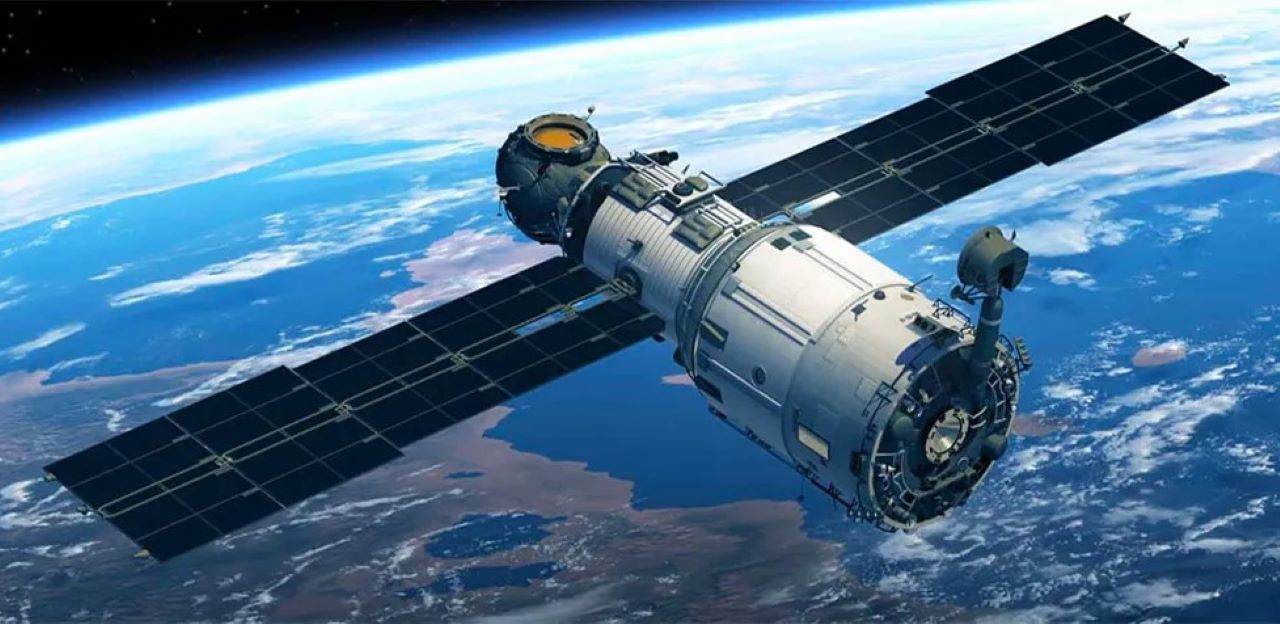Geneva, 11 September 2024
By Doreen Bogdan-Martin, ITU Secretary-General
Space is becoming more critical to global development than ever before. The question of space sustainability, therefore, looms large.
As we look to leverage space technologies to improve lives and livelihoods on Earth, we must also consider how to preserve the space environment itself.
Now, you might ask: “Why ITU? Why now?”
The International Telecommunication Union (ITU) – custodian of the radio-frequency spectrum on Earth and in space – also has a vital role in keeping space use sustainable.
We have been there from the beginning, and everything people do in space to this day relies on radiocommunication.
ITU started focusing on space with the launch of Sputnik I, the first-ever artificial satellite, in 1957. Our Extraordinary Administrative Radio Conference in Geneva in 1963 allocated frequencies to various space services and updated the Radio Regulations for the new age.
Further space-related resolutions adopted by ITU Member States over the years have further reinforced our mandate for space and satellite coordination.
Our ITU Radiocommunication (ITU-R) Study Groups expert groups continue laying new regulatory groundwork for a growing multitude of radio services to co-exist without harmful interference, as well as establishing the technical requirements for seamless communications on and around the Moon.
Our next World Radiocommunication Conference (WRC-27) will be about 80 per cent space-related. With the preceding study cycle now underway, governmental space agencies and private companies alike are contributing actively.
The world turns to space
The burgeoning space economy could reach USD 1.8 trillion by 2035, based on average growth forecasts of 9 per cent per year.
ITU Member States have made space a priority, with many new entrants forming space agencies alongside the industry’s legacy leaders. Right now, over 40 countries are collaborating to explore the Moon, whether under the US-led Artemis Accords or China’s International Lunar Research Station (ILRS) initiative.
More countries than ever have space plans — not just for new satellite services, but to utilize satellite data and nurture the next generation of space innovators.
Of course, the role of governments has changed since the dawn of the Space Age.
Along with more space-faring nations, growing numbers of companies are entering the market with ever more diverse uses for satellites — from connecting unreached communities to improved forecasting and strengthening climate action.
With the rapid deployment of low-Earth orbit broadband constellations, most new launches will involve commercial satellites.
Space actors both old and new – including the private sector – continue shaping the future of space-based communication through ITU.
Crucial questions
Beyond commercial prospects, space investment holds tremendous potential for advancing the UN Sustainable Development Goals.
At least 40 per cent of SDG targets rely on Earth observation, remote sensing, and global navigation satellite systems — a testament to how satellites have become critical infrastructure supporting sustainable life on Earth.
But what about the sustainability of our space infrastructure itself?
The world’s radio spectrum resources are inherently limited. How much pressure can the orbital ecosystem take?
What kind of space environment are we leaving to future generations?
And how will it affect their ability to connect, communicate, and explore the cosmos further?
Crucial considerations range from physical safety to cybersecurity; from specific technical standards to broad regulatory frameworks; and from economic aspirations to environmental concerns.
All countries and space stakeholders can, I believe, agree on seeking a deeper understanding of all these issues.
Together, we need to grasp not only the “why” but also the “how” of space sustainability.
Global connectivity at stake
For ITU, sustainability means keeping space free from harmful radio interference, but also from debris accumulation that puts satellites at risk.
We have observed a rapid increase in filings for low-Earth orbit satellite systems. The last decade saw around 10,000 satellites launched, increasing the mass launched annually ten-fold.
Satellites could finally close the digital divide. They make the goal of universal, meaningful connectivity attainable.
With about one-third of humanity still offline today, we must not jeopardize the benefits that growing numbers of satellites are bringing.
Bridges to the future
The UN Summit of the Future, coming up on 22-23 September, aims to adopt an ambitious, concise, and action-oriented Pact for the Future, including elements on space sustainability.
The challenges and unknowns are many.
But the brilliant community of space experts and stakeholders who come together at ITU can help shape a responsible space ecosystem from which all humanity can benefit.
When UN Secretary-General Antonio Guterres visited ITU in June, he urged us all to “work together to build bridges.”
We are, indeed, building such bridges to the Moon, stars and beyond.
Based on Doreen Bogan-Martin’s opening remarks at ITU’s first Space Sustainability Forum on 10 September 2024.
Source – ITU

